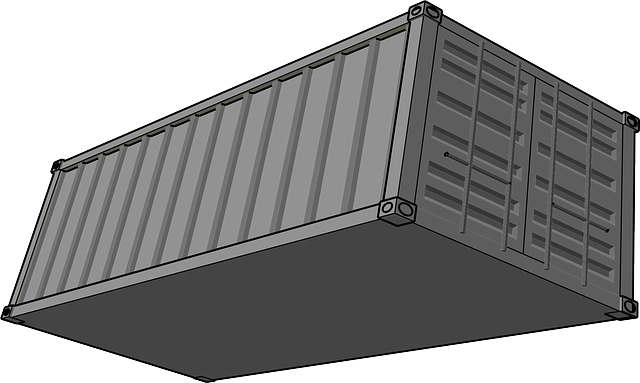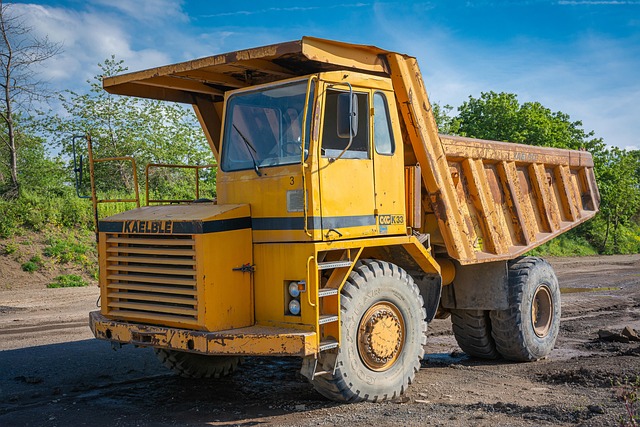Understanding fleet liability insurance is crucial for small fleet management. This type of coverage protects against risks and financial losses related to vehicles, drivers, and operations, not just individual trucks but the entire fleet. By grasping the basics—including compensation for accident damages, medical expenses, legal costs, cargo loss/damage, and driver injuries—fleet owners can select policies that align with their specific needs. Regular risk assessment, including identifying hazards, focusing on driver behavior, maintaining regular maintenance, and ensuring up-to-date safety equipment, is key to mitigating potential losses. Adequate fleet liability insurance depends on this process, protecting against accidents, mechanical failures, and legal liabilities. Regular policy reviews are essential as the fleet grows or needs change.
In the dynamic landscape of trucking, insuring leased and owned trucks within a small fleet is paramount. This comprehensive guide delves into the intricacies of fleet liability insurance, providing essential coverage basics for your operation’s protection. By understanding potential hazards unique to both leased and owned vehicles, you can implement effective risk assessment strategies. We explore optimal insurance policies tailored to small fleets and offer insights on navigating claims processes, ensuring peace of mind on the road.
Understanding Fleet Liability Insurance: Coverage Basics

Understanding fleet liability insurance is a crucial step in managing your small fleet effectively. This type of coverage protects against potential risks and financial losses associated with your vehicles, drivers, and operations. It’s not just about insuring individual trucks but also mitigating the collective exposure of your entire fleet.
The basics of fleet liability insurance include compensation for damages caused by accidents involving your trucks, medical expenses for injured parties, and legal costs in the event of a lawsuit. It also covers liability arising from cargo loss or damage and on-the-job injuries to drivers. By understanding these coverage fundamentals, fleet owners can make informed decisions when choosing insurance policies that align with their specific needs, ensuring comprehensive protection while optimising costs.
Assessing Risk: Identifying Potential Hazards for Leased and Owned Trucks

When managing a small fleet of trucks, both leased and owned, assessing risk is a critical step in mitigating potential losses and ensuring adequate coverage through fleet liability insurance. This process involves identifying various hazards that could impact your vehicles and operations. One key area to focus on is driver behavior. Irresponsible driving, such as speeding or reckless maneuvers, can lead to accidents, causing significant damage to the trucks and potential legal liabilities for the fleet owner.
Regular maintenance checks are another essential aspect of risk assessment. Neglected maintenance can result in mechanical failures, which may cause accidents or leave vehicles immobile, disrupting your fleet’s operations. Moreover, ensuring that all safety equipment is up-to-date and properly maintained is vital to prevent hazards and protect against claims related to driver safety.
Strategies for Optimal Truck Insurance Policies in a Small Fleet

In a small fleet, every truck plays a vital role in operations. Optimizing insurance policies isn’t just about cost-cutting; it’s about finding the right balance between coverage and budget to protect your investment and business. Fleet liability insurance is a cornerstone, shielding against unexpected claims arising from accidents or damage caused by your vehicles. It ensures that your business remains shielded from financial instability.
When crafting insurance strategies, consider comprehensive coverage options beyond basic liability. This includes protection against cargo loss or damage, as well as mechanical breakdowns. Bundling policies can often lead to savings, so explore packages that combine liability, collision, and comprehensive coverage. Regularly reviewing and adjusting your policy is key; as your fleet grows or operational needs change, your insurance requirements may evolve, necessitating adjustments to maintain optimal protection.
Navigating Claims: What to Expect and How to Prepare

Navigating Claims: What to Expect and How to Prepare
When it comes to claims, whether for leased or owned trucks within a small fleet, understanding the process is key. The first step involves promptly reporting any incident or damage to your insurance provider. This includes providing detailed information such as dates, times, locations, and witnesses. Efficient communication ensures a smoother claim handling experience. It’s crucial to maintain thorough records of all maintenance and inspection reports, as these documents can significantly support your case.
To minimize disruptions, familiarize yourself with the fleet liability insurance policy’s terms and conditions regarding claims. Understanding deductibles, coverage limits, and eligible expenses can help prepare you for potential financial implications. Regularly reviewing and updating your insurance policy as your fleet grows or changes is essential in ensuring adequate protection.
Insuring your leased and owned trucks is crucial for any small fleet operator. By understanding fleet liability insurance, assessing risk factors, and implementing strategic policy choices, you can ensure comprehensive protection while managing costs effectively. Regularly reviewing and updating your insurance policies, coupled with meticulous claims preparation, will help navigate potential challenges smoothly. Remember, the right coverage can be a game-changer in mitigating risks and safeguarding your business’s future.
